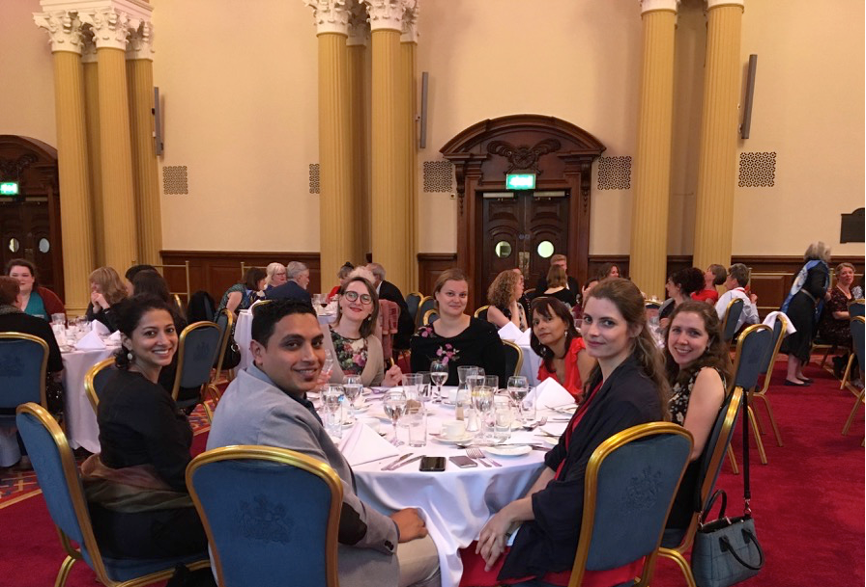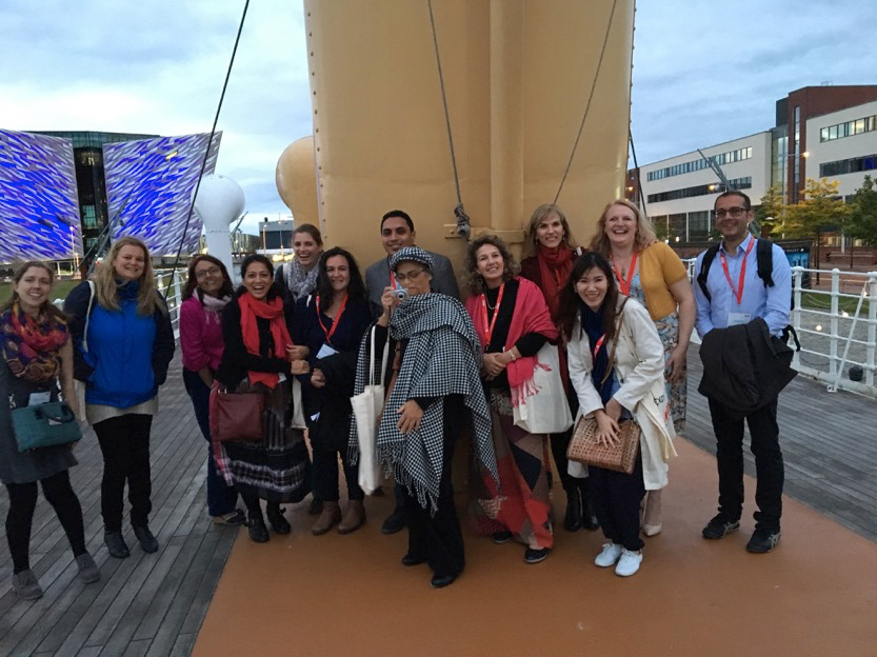Getty Icon CPD programme 2019
The Getty Foundation awarded Icon(Institute of Conservation, UK) a grant to provide participants from countries with emerging economies an opportunity to attend a professional development programme in London and Icon’s 2019 Triennial Conference that took place in Belfast, Northern Ireland. Getty Icon CPD programme was tailor-made for any conservator. Its thoughtfully planned schedule enabled visits to both private and government run studios in London and a chance to attend the Icon19 conference at Belfast.
We were a group of 12 international delegates and this journey with them was enriched through insights on conservation as well as exchanges on cultural and political issues.
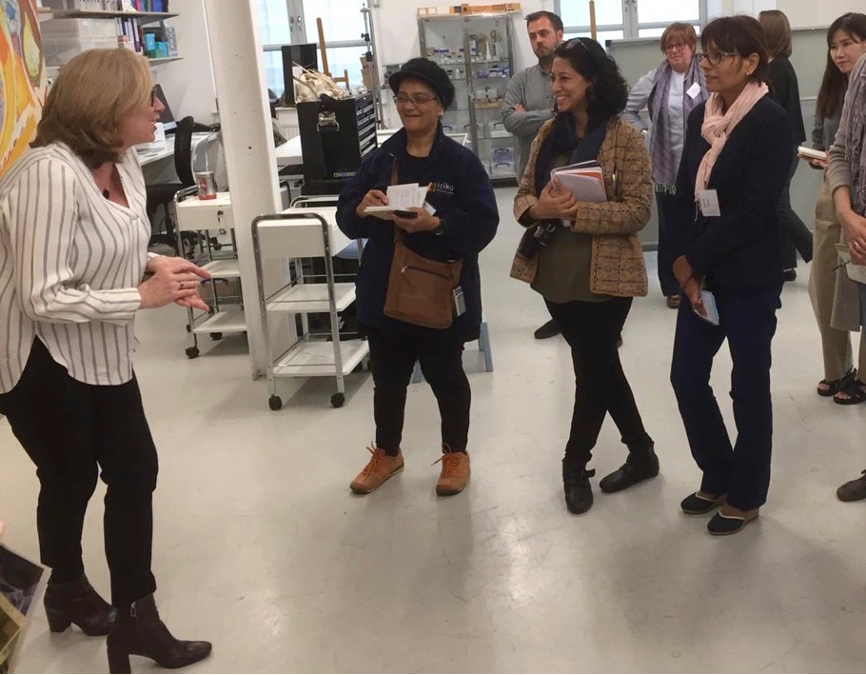
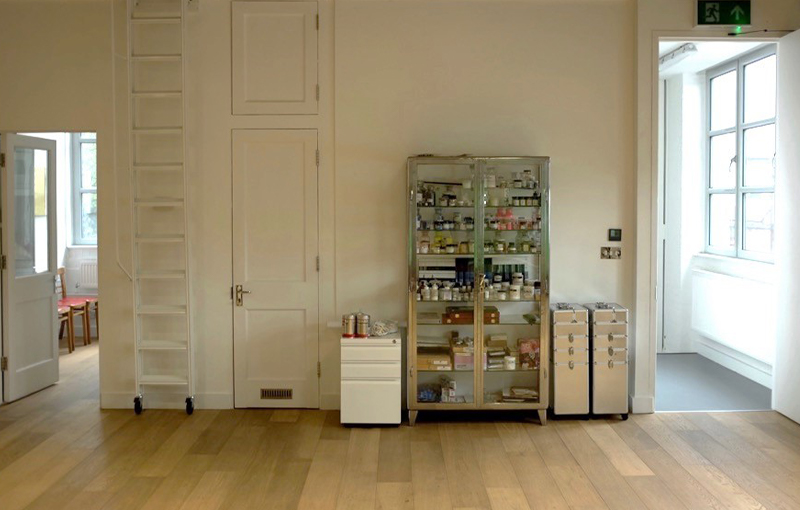
The Julia Nagle studio visit was a complete treat for conservators coming from a similar professional background. An expert on conserving modern and contemporary paintings, Julia gracefully shared her experience on treatment decisions for acrylic and mixed media. From how she manages the endless deadlines of private galleries to her inclusion of artists in the decision-making process, whenever possible, the visit also threw light upon her impressive ensemble of conservation equipment and hand tools. Her management of space was inspiring, making the studio a dream studio for any conservator.
This was followed by the wonderful Janie Lightfoot’s textile conservation studio visit and thought-provoking presentations by the conservators at British Museum and The National Archives.
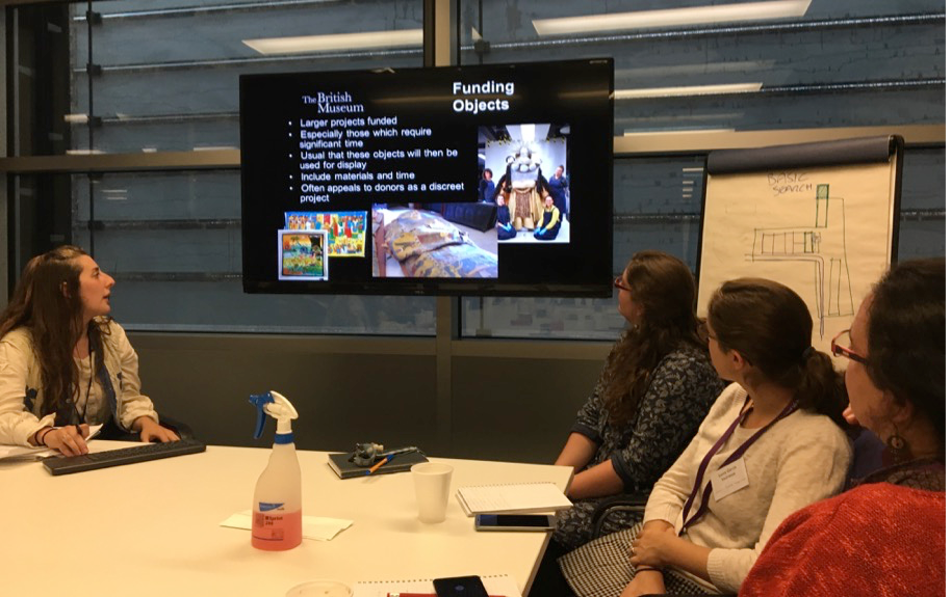
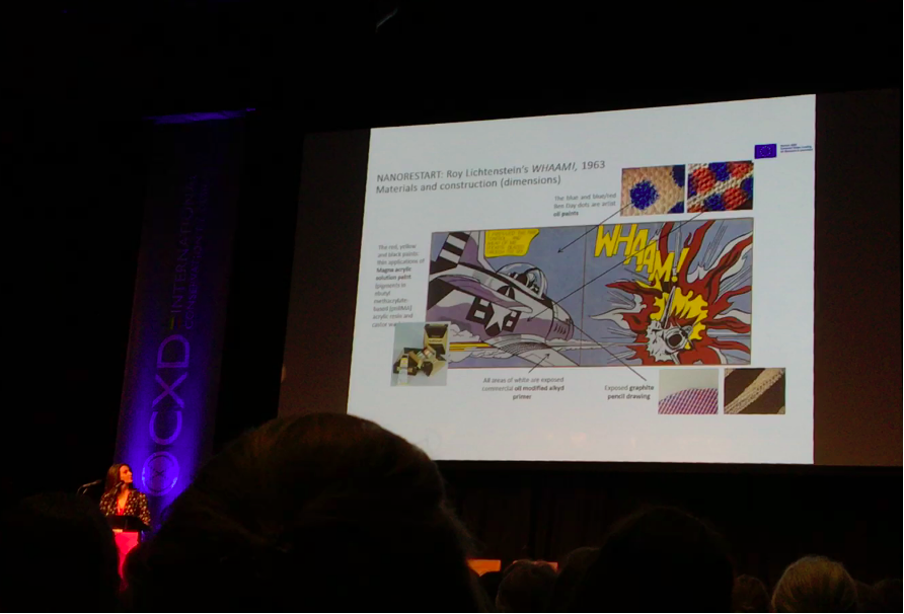
Icon19 conference, Belfast
Similar to a child in a candy shop, It was tough to decide which sessions to choose from the many compelling sessions happening simultaneously. I focused mainly on three panels: Paintings, Contemporary Art and Collection care. Notable of these were: ‘Approaches to cleaning modern and contemporary art collaborations, methodologies and novel materials’ by Bronwyn Ormsby, ‘Radical paint: Acrylics in the swinging sixties’ by Patricia Smithen, ‘Zombification’ Retaining live when documenting and conserving performance art’ by Louise Lawson and Ana Rebeiro, ‘Tailoring preventive conservation to collection needs’ by Karen Bradford from British Library. It was interesting to learn how conservators world-wide are redesigning and adapting new methods and philosophy to address contemporary art forms and its varied range of material.
Offering valuable insight into the future of conservation, in a rapidly changing world, the conference highlighted how the priorities of the field are shifting from treatment-based conservation to preventive conservation. It was an extremely beneficial and remarkable experience both professionally and personally.
